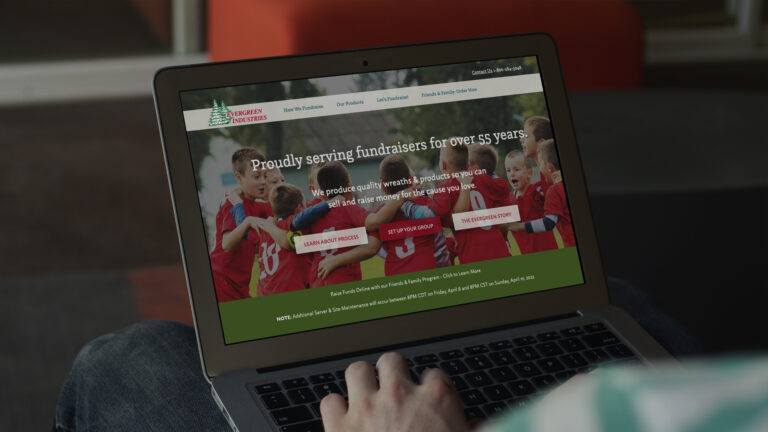You know how it feels when you’re trying to reach a friend but their number is disconnected or their email bounces back? That’s what it’s like for schools trying to connect with their community. Keeping track of everyone, from parents and alumni to donors, can be a huge challenge. Every year, people move, change jobs, or update their information, and it’s easy for a contact list to become a messy, frustrating puzzle. With so many people moving every year, a school’s list of supporters can become outdated faster than you’d think.
When a school launches a big fundraiser, getting the message to the right person is everything. Whether it’s an email about an upcoming event or a letter asking for a donation, if the information is wrong, the effort is wasted. It’s a problem that goes beyond just a missed connection, it can cost a school a lot of time, money, and potential donations.
The Real Price of Bad Data
Think about all the ways an old contact list can hurt a school.
It Wastes Money.
Schools run on tight budgets, and every dollar counts. Imagine sending out hundreds of fundraising letters. That postage costs real money. If a significant number of those letters are returned because the addresses are wrong, it’s like throwing money in the trash. The school has to eat the cost of the postage and the envelopes, which is money that could have gone to new books, art supplies, or a science lab. A clean, accurate list means every letter reaches its target, making sure the school’s budget is used as effectively as possible.
It Wears Out Your Volunteers.
Schools rely on the incredible dedication of volunteers who give their time without any hesitation. They help with a lot of stuff like making phone calls, sending emails, all to support the school they care about. But what happens when they spend hours calling numbers that are no longer in service or sending emails to the ones from where they don’t get any reply? It’s discouraging. A volunteer who finds that most of their calls lead to dead ends is going to feel frustrated and might lose their enthusiasm for the next big project. Having an accurate list shows volunteers that their time is valued and their efforts will pay off.
It Hurts Your Fundraising Potential.
The main goal of any fundraiser is to raise as much money as possible. But inaccurate information can create a massive roadblock. Even if an address or phone number is correct, something as simple as a misspelled name can ruin the personal connection you’re trying to build. A potential donor might feel overlooked or disrespected if they’re addressed incorrectly. Successful fundraising is built on relationships, and a good relationship starts with getting a person’s name right.
Simple Fixes to a Big Problem
So, how do schools solve this? It doesn’t have to be a massive, time-consuming project.
Use Technology to Your Advantage.
We live in an age of amazing tools. There’s software out there that can automatically spot duplicate contacts, flag errors, and suggest corrections, taking a lot of the manual work off the plate of staff and volunteers. You can also use services like the U.S. Postal Service’s National Change of Address database, which helps you track when people move without having to do all the legwork yourself.
Go Back to the Basics.
Sometimes, the simplest solutions are the best. It only takes a minute or two to double-check a person’s information on a company website or social media profile. This small investment of time before a campaign can prevent a ton of wasted effort later on. Schools can also make it a regular habit to review their lists, maybe once a quarter, instead of waiting for a big fundraiser to realize there’s a problem.
Building a Stronger Future
Ultimately, keeping a contact list up-to-date is a smart, strategic move. It’s easy to just use last year’s list and hope for the best, but that’s a recipe for frustration and lost opportunities. Schools that take the time to maintain an accurate list see real results: more people respond, relationships with donors grow stronger, and fundraising efforts become more successful over time.
Think of it as building a strong foundation. When your contact list is accurate, every other fundraising effort, from a creative student-led campaign to a big year-end appeal, has a much better chance of succeeding. It’s not just about cleaning up a database, it’s about making sure your hard work reaches the people who can help your students succeed.




